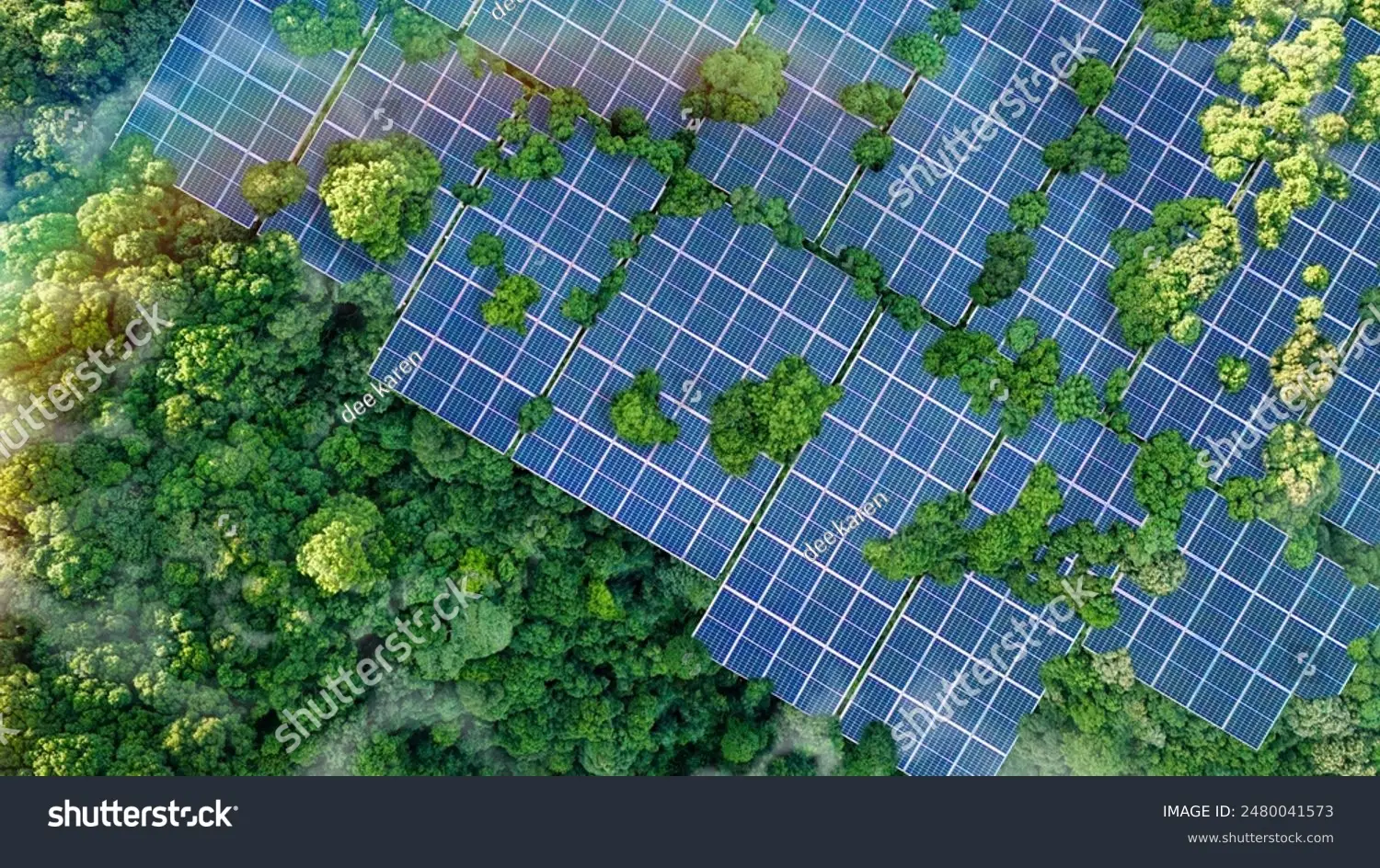Grüne Energie
The burgeoning green energy domain encompasses a diverse array of technologies engineered for power generation from sustainable, renewable sources, including but not limited to wind, solar, hydroelectric, geothermal, and biomass. This vital sector further integrates advanced energy storage solutions, such as high-capacity batteries and hydrogen fuel cells, alongside requisite infrastructure for efficient power transmission and broad electrification initiatives. A fundamental tenet of this industry is an unyielding focus on environmental sustainability, peak operational performance, and the longevity of components designed to endure harsh environmental extremes.
Crucial elements within this space, such as robust wind turbine shafts, precision-engineered solar panel mounts, secure battery enclosures, and sophisticated power electronics, critically demand both meticulous manufacturing exactitude and dependable thermal processes to fulfill stringent long-term performance expectations.

How Induction Heating Supports Green Energy
Induction heating supports the green energy industry through efficient, clean, and controllable thermal processing. It offers precise, localized heat without combustion, aligning perfectly with the sector’s goals for sustainability, energy efficiency, and clean manufacturing.
Common Induction Heating Applications in Green Energy
- Processes: Surface hardening and tempering
- Parts:
- Gearboxes
- Shafts and hubs
- Bearings and raceways
- Benefits:
- Improved wear resistance and fatigue life
- Consistent, distortion-free hardening on large parts
- Supports components with complex geometries
- Used for joining dissimilar metals or conductive assemblies
- Parts:
- Power cable connectors
- Battery module components
- High-voltage busbars
- Benefits:
- Strong, repeatable joints with minimal oxidation
- Ideal for high-voltage and high-efficiency electrical connections
- Process: Expanding or contracting parts using thermal expansion
- Parts:
- Generator rotors
- Magnet housings in electric generators or turbines
- Benefits:
- Precise, mechanical fits
- No damage to sensitive coatings or magnets
- Applied to metal components post-machining or forming
- Parts:
- Solar panel frames
- EV and grid-scale battery casings
- Benefits:
- Reduces residual stresses
- Improves mechanical stability for long-term performance
- Processes:
- Bonding, soldering, and adhesive curing in lithium-ion battery modules
- Parts:
- Cell interconnects
- Busbars
- Battery tabs
- Benefits:
- Localized heat protects sensitive cells
- Clean and scalable for gigafactory production
Sustainability Benefits of Induction Heating in Green Energy
- No combustion: No CO2 emissions or fumes
- Highly efficient: Direct energy transfer to the part
- Low heat loss: Reduces waste and improves facility efficiency
- Supports clean manufacturing goals